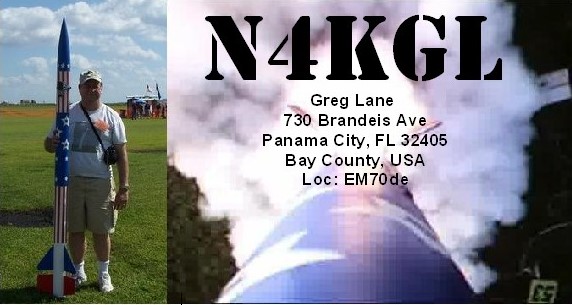I have wondered if I could gather empirical evidence that operation on the salt water shore is better than inland for vertically polarized antennas. I have lots of opportunities to operate at the salt water shore here in Northwest Florida. I try to have the salt water between myself and the desired contacts. For example, the North Shore at St Andrews State Park basically covers the US and Canada but also Europe and Japan. The theory says the low angle radiation is enhanced at the salt water shore for verticals. DXpeditions often use verticals from their island locations. I have found that on the salt water shore I can hold down the frequency with low power if I am using a vertical. I often get a string going. I also noted a signal increase on a station when I was doing pedestrian mobile as I approached the shoreline.
I purchased two SOTAbeams WSPRlite beacons with the idea of doing comparisons of salt water shore locations versus inland locations. WSPR is Weak Signal Propagation Reporter. You can see WSPR reports on http://wsprnet.org/drupal/. I happen to have two Bravo 7K verticals made by N6BT.com. I could deploy a Bravo 7K with a WSPRlite beacon at two test locations simultaneously. SOTAbeams has a web based tool at DXplorer.net to aid with comparisons.
 |
| The WSPRLite and a USB battery pack |
Sunday, I checked out one SOTAbeams WSPRlite beacon running 200 milliwatts on 20 meters in my front yard using a Bravo 7K vertical. I was pleased with the WSPRlite It was easy to configure with my callsign and grid using the computer. To use the WSPRLite I just hooked it up to the antenna, plugged it into a USB power pack and pushed the button on an even minute.I was getting results shortly on WSPRnet. I also tried out DXplorer.net.
 |
| The Bravo 7k Vertical hooked up to the WSPRlite in tmy front yard. |
I have realized I will need a second callsign for the second beacon. I ask the club to borrow their call W4RYZ. I can even locate the two antennas/beacons a wavelength or so apart and see if they if their reports agree. This could be done inland and at the shore. Then I could try one inland and one at the shore.
 |
| The spots on WSPRnet.org. I later got spotted in Germany |
I realize there will be nuances in doing comparisons. We will just see where it goes. It will take some time to pull this off. Check this blog for future reports.This looks like the science fair project I never got to do. They did not have science fair at my school in the old days.
Greg N4KGL
Julian OH8STN describes the WSPRLite Antenna Comparison Methodology in this excellent video
Julian OH8STN describes the WSPRLite Antenna Comparison Methodology in this excellent video

